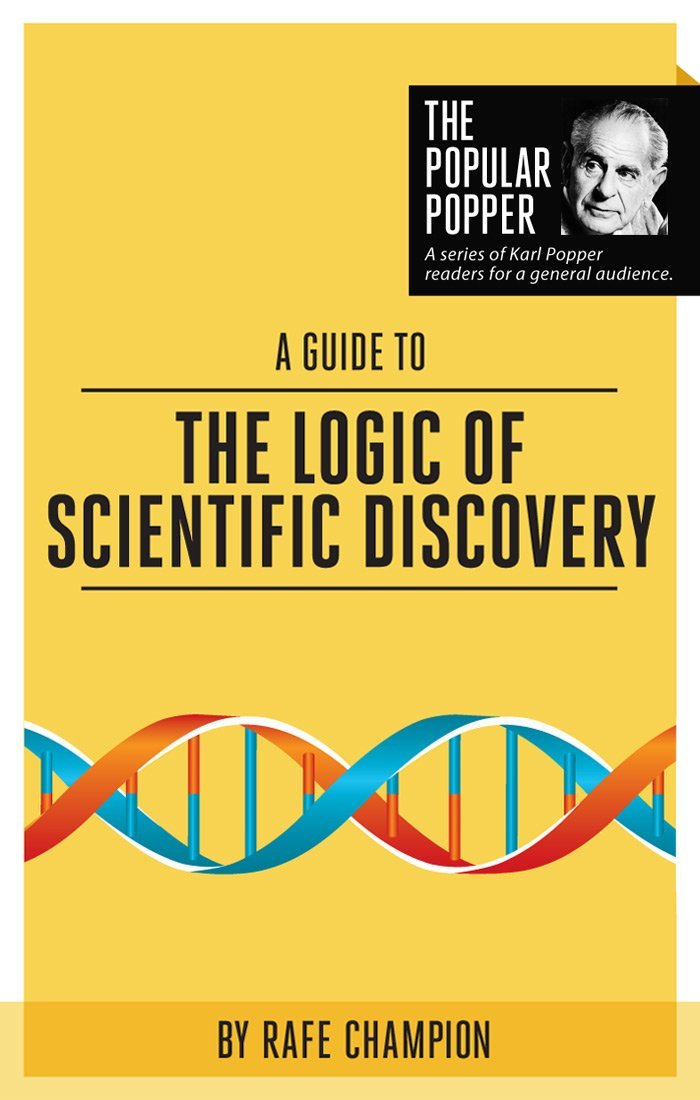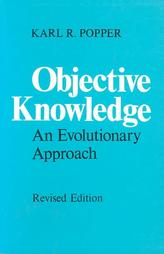Jorg Guido Hulsmann, Mises: The Last Knight of Liberalism. Mises Institute, Auburn, Alabama, 2007. Hardback, 1150 pp, index.
Jorg Guido Hulsmann, professor of economics at the University of Angers in France has written a monumental biography of Ludwig von Mises. Running over 1100 pages there is space for generous coverage of the historical and intellectual background and close attention to his major works and the salient features of his private life and social relations.
Mises (1881-1973) is one of the sleeping giants of the 20th century. For many decades he was the leader of the “Austrian school” of economics and social thought but he is scarcely a household name, even among economists and classical liberals where he should be well known and appreciated. It is appropriate that he lived almost from the time that Carl Menger published the book that launched the Austrian school to the year before the conference at Royalton in the US that signalled the revival of the tradition.
The Austrians adopt an evolutionary or ecological approach to social and economic systems to emphasise the role of individual initiative and planning in a framework of traditions, organizations and institutions (especially markets). They were virtually buried in professional circles by the rise of Keynes and mathematical economics. Being skeptical of mathematics and robust free traders they were dismissed for many years as unscientific and reactionary. A head count in the professional association in the US indicated that they are out-numbered by other schools by 50 to 1, despite robust growth since the revival of the 1970s.
The first quarter of the book is Young Ludwig and The Austrian School. This sketches the social, political and intellectual context for his life and work, including an endearing portrait of Carl Menger, the founder of the school. The second quarter is Officer, Gentleman, Scholar, covering the start of this career, his first major scholarly works on monetary theory, socialism and the politics of nationalism, and his involvement with Max Weber in the politics of the social science society. The third is Mises in his Prime including the years he spent in Geneva with the opportunity to address intellectual issues without the distraction of a bureaucratic day job. The fourth is Mises in America, from 1940 to 1973, a time when the school was practically invisible. This includes some little-known insights on the internal strains of the Mont Pelerin Society and some gossip from the Ayn Rand circle in New York which for a time included libertarians like Murray Rothbard and also von Mises.
When he was born the Austro-Hungarian empire encompassed Austria, Hungary, Slovakia, the Czech Republic, as well as parts of present-day Poland, Romania, Italy, Slovenia, Croatia, Bosnia and Herzegovina, and Serbia and Montenegro. After World War I the empire was dismembered in the name of national self-determinism, and so the Balkans were balkanised, laying the foundations for further conflagrations up to the present day. The glory of the empire at its height can be seen from the number and size of the public buildings, monuments and museums in Old Vienna today.
Writers, scholars, administrators, entrepreneurs and revolutionaries moved backwards and forwards between the major centres of the empire. They created a rich tradition of culture and learning that was multicultural in a way that is scarcely comprehensible to Anglo-Saxons. With at least ten languages in the empire, they fed on the thoughts of Russians, Poles and Germans with the same facility that they absorbed ideas from England and France, thought their accents betrayed them when they fled to safety in the west during the 1930s.
Some of the most important threads of modern thought passed through Vienna, not necessarily through the university but also through the coffee shops and private seminars. The best known were the circles of Schoenberg (progressive music) and the Vienna Circle of logical positivists. Others included a Freud group and seminars convened by Ludwig von Mises, Karl Menger (son of the great economist) and Richard Mises (brother of Ludwig).
Mises was born of Jewish parents in Galica, now located in the Ukraine. His father was an engineer and his brother Richard was a physicist and mathematician. The family moved to the ancestral home in Vienna where he took a doctorate in law. In 1903 he read Carl Menger’s classic book The Principles of Economics (1871) and he recorded that this experience “made an economist of me”. In 1906 he took a doctorate in economics and from 1909 to 1934 he worked in the Austrian Chamber of Commerce , much of the time as the chief of the finance department, giving advice to the Government on monetary and financial policy. During the Great War when he served with the artillery in the Ukraine, suffered minor injuries and collected seven war service medals.
The first of his three major books was The Theory of Money and Credit (1912) which applied the concept of marginal utility to money and also set forth the first version of the Austrian theory of the trade cycle. In 1913 he was appointed as a Professor at the university, not a paid post but one that entitled him to give lectures if he could attract an audience. Due to Menger’s inactivity during the 25 years before he died in 1921 and Boehm-Bawerk’s early death in 1914 it was left to Mises to consolidate the Austrian program, not by teaching undergraduate students but through his writing and his seminar where the leading lights included Hayek, Haberler, Machlup, Morgenstern in economics as well as Alfred Schutz and Felix Kaufman in sociology and philosophy.
His next major work was Nation State and Economy (1919), written to analyse the destructive forces of nationalism and national self determinism that were abroad, the most obvious example being the dismantling of the remnants of the Austro-Hungarian empire. The idea was to liberate national, linguistic and racial groups from the yoke of empire but Mises saw things differently. He believed that the local tensions between different groups could be handled in the framework of the empire, given free trade, free movement of people and a light hand of central administration. In the event the local tensions were increased by decentralization because the local minorities agitated to be released from the yoke of the local majority, or demanded the national frontier should be moved so they could join the majority in the adjacent state.
In Socialism (1922) Mises launched a wide-ranging critique of the doctrines of central planning, the elimination of competitive markets and nationalisation of the means of production. For those with eyes to see, the ultimate collapse of the Soviet empire, and the failures of nationalisation elsewhere, did not come as a surprise. The Scandanvian nations do not refute the hypothesis because they maintain the private sector and largely open markets to fund their welfare provisions.
There is an Australian connection with the English translation of Socialism. The official translator was an economist named Jacques Kahane. Walking in a London park Kahane encountered the Australian journalist, bohemian and editor Brian Penton (1904-1951). He was in England, acting as business manager for Jack Lindsay’s Franfolico Press. Penton and Kahane became close friends, indeed he was an occasional house guest with Penton and his wife, and they both dedicated their first books to him. In the case of Penton this was the almost unreadable Landtakers (on line with the Gutenburg Project of Australia. According to Penton’s biographer they collaborated in the translation and this encounter with the cutting edge of anti-socialist thought served Penton well when he challenged the pillars of the “Australian Settlement” (White Australia, tariffs and central wage fixing) in the 1940s.
Mises saw what was likely to happen when Hitler came to power and he moved from Vienna to Geneva in 1934. When Hitler swallowed Austria some Nazi agents raided his apartment and stole his library. He no longer felt safe in Switzerland and he moved on to the US in 1940.
Through the 1920s and 1930s he wrote a series of papers on philosophical and methodological issues and it is interesting to recall this time when Mises spent his days trying to steer the Austrian economy and the nights grappling with the fundamentals of economics (Grundprobleme der Nationalekonomie). Not far away Karl Popper taught high school maths and science, then went home to work on the fundamentals of scientific method (Grundprobleme der Erkenntnistheorie).
In Geneva Mises completed the German version of his most important work which later appeared in English as Human Action (1949). Hulsmann has a chapter on The Epistemological Case for Capitalism, reflecting the importance that Mises assigned to the correct methods of investigation. Human Action begins with almost 200 pages of preliminaries including the doctrine that the laws of economics should be based on a priori meditations on the nature of human action. Mises thought that positivism and empiricism worked in the natural sciences but they would be the death of proper economics. However this position adds no value to his economics and it renders his work suspect to other schools of thought that are dedicated to scientific methods.
The book is outstanding as an intellectual biography and also as the story of a flesh and blood human being making his way through desperately troubled times. There are some nice human touches, like his professional rivalry with his younger brother and his extended courtship of an ex-actress Margit Sereny which only ended in marriage after his mother died. There is an exciting section on their escape to the US through France as the Germans moved in. Mises learned to drive in middle age and he demonstrated more enthusiasm than skill. At least twice he almost drove off the road in the Alps and there were two other moderately serious accidents. There are some stories about his argumentative social encounters with Ayn Rand.
Hulsmann writes clearly and has done well to keep the story moving on several fronts. It is a remarkable work of scholarship, ten years in the making. Someone counted over a thousand footnotes and the bibliography runs to 30 pages. He has been well served by the Mises Institute which published the book after one academic press rejected the manuscript for its size and another wanted to price the book well over $100US. It is available at a reasonable price and at a kilo in weight it is excellent value, pound for pound as we used to say. It is also a monument to the crafts of the printer and book binder with clear typeface, good sized font, wide margins, excellent paper and superb presentation all round.
It will sit nicely on the shelf alongside Malachi Hacohen’s equally monumental biography of Karl Popper. It is probably available to read on line at the site of the Mises Institute.







what’s the purpose of this post? (btw i’m 2/3 through reading the book)
note the audio book is free:
https://mises.org/library/mises-last-knight-liberalism-2
and the ebook is $5:
http://store.mises.org/eBook-P10526.aspx
There is even an audio book! https://mises.org/library/mises-last-knight-liberalism-2